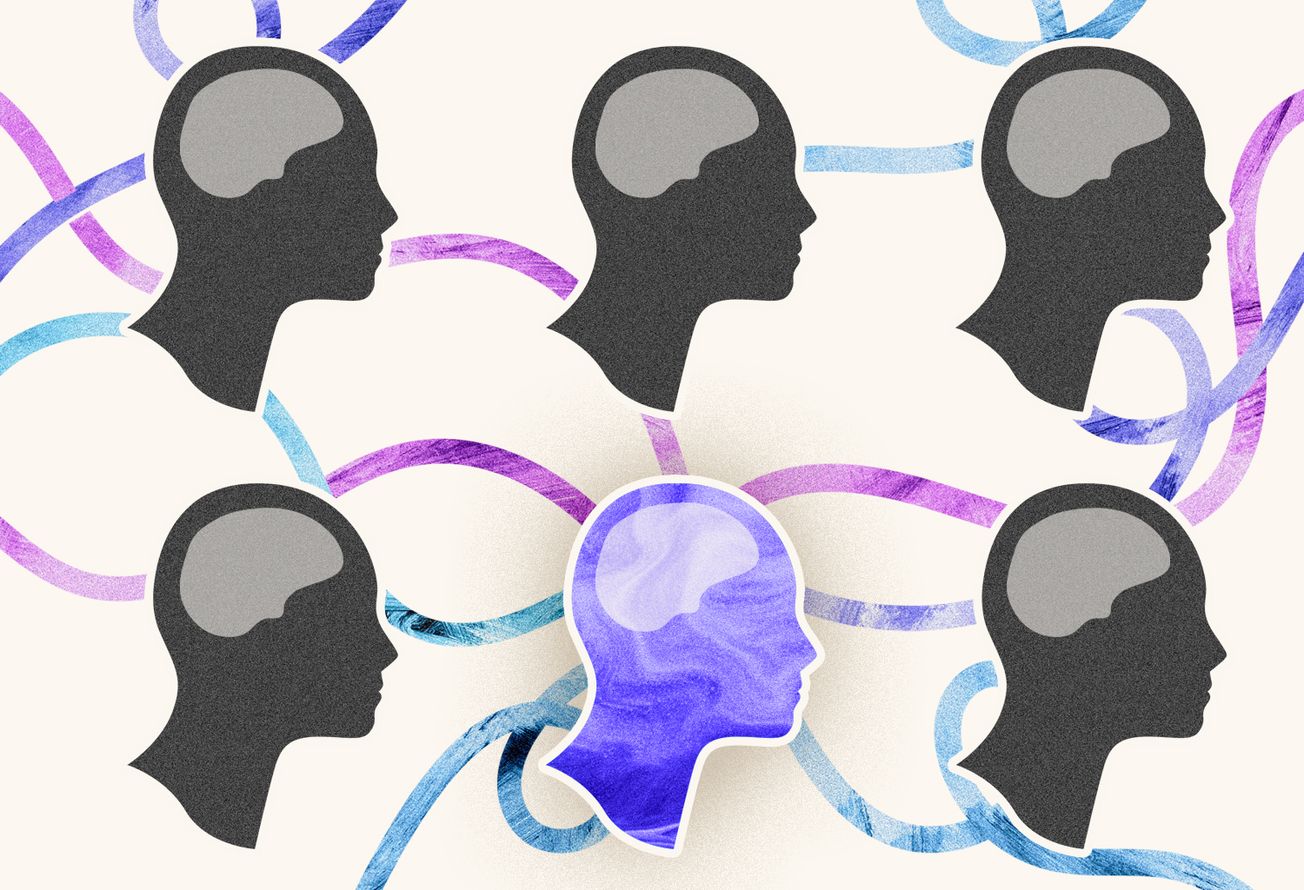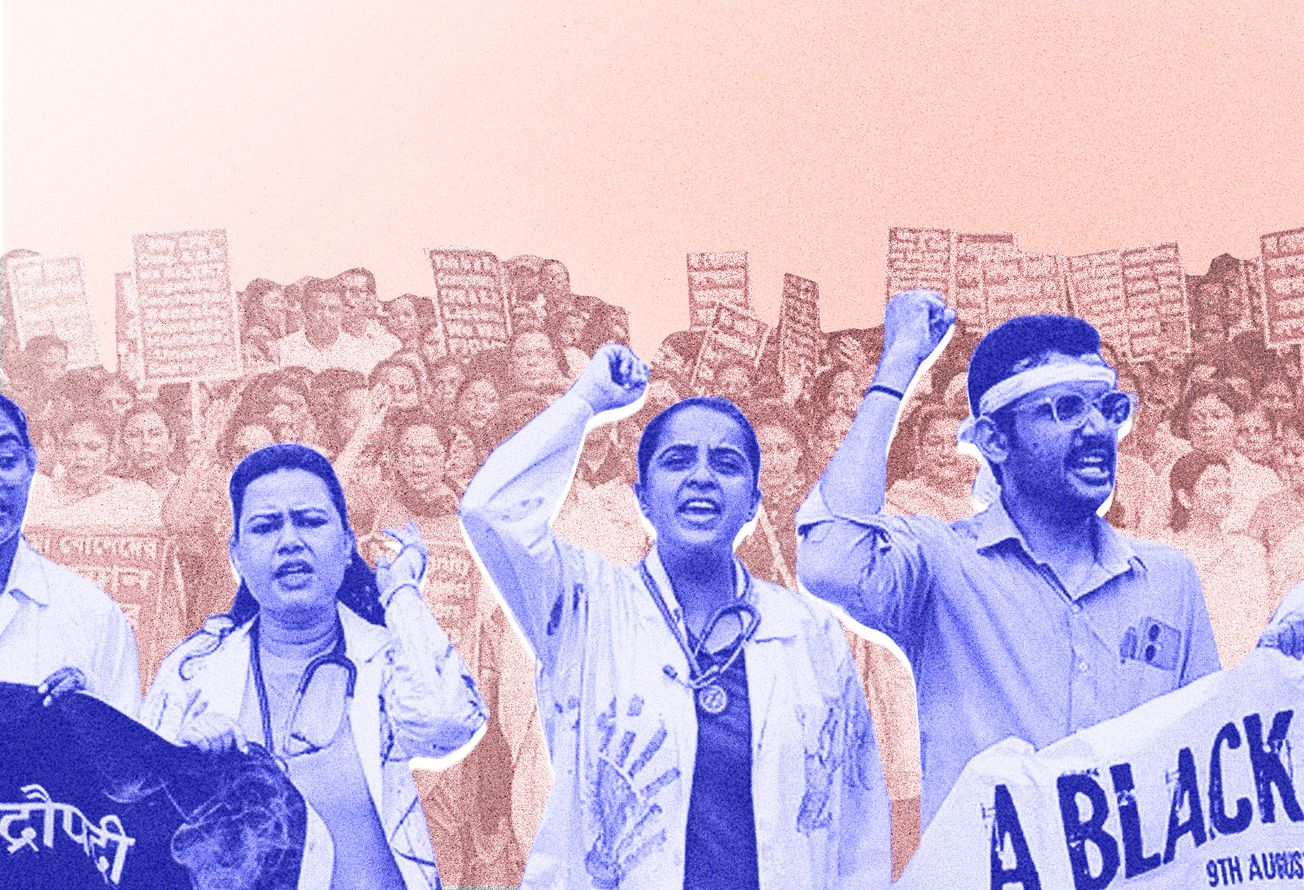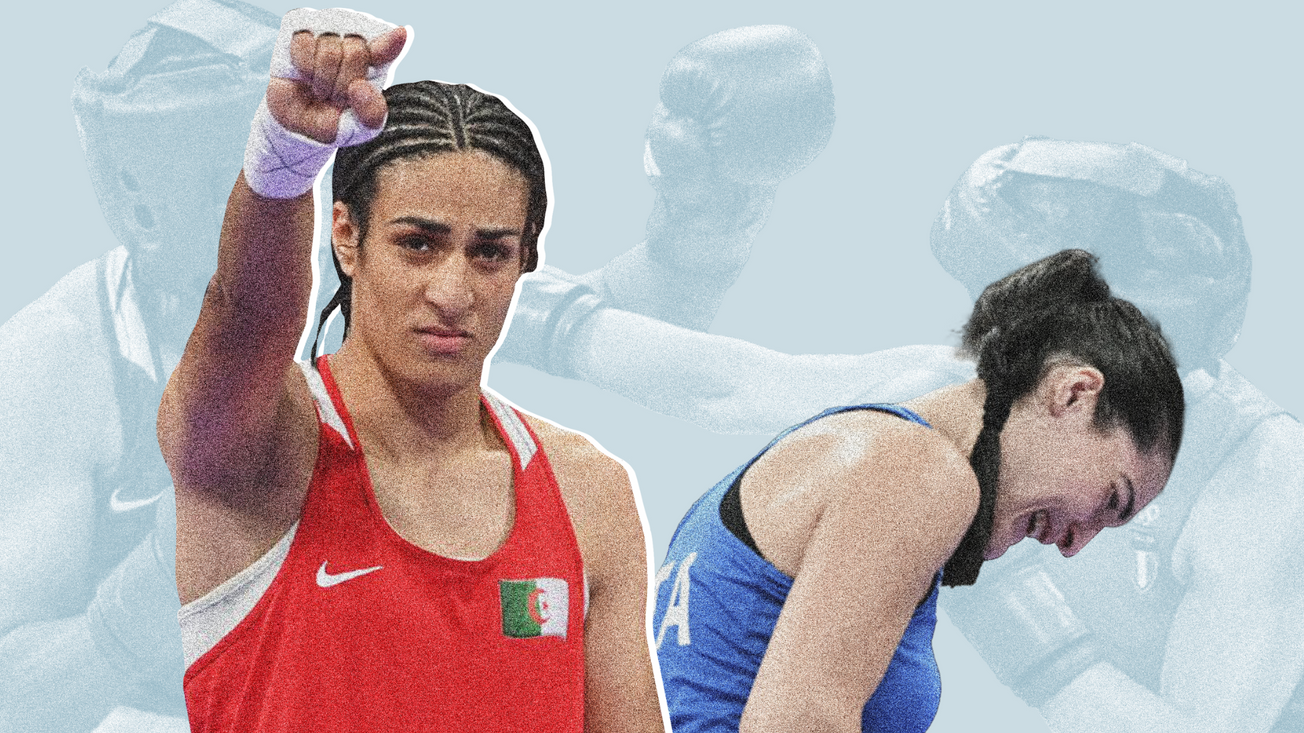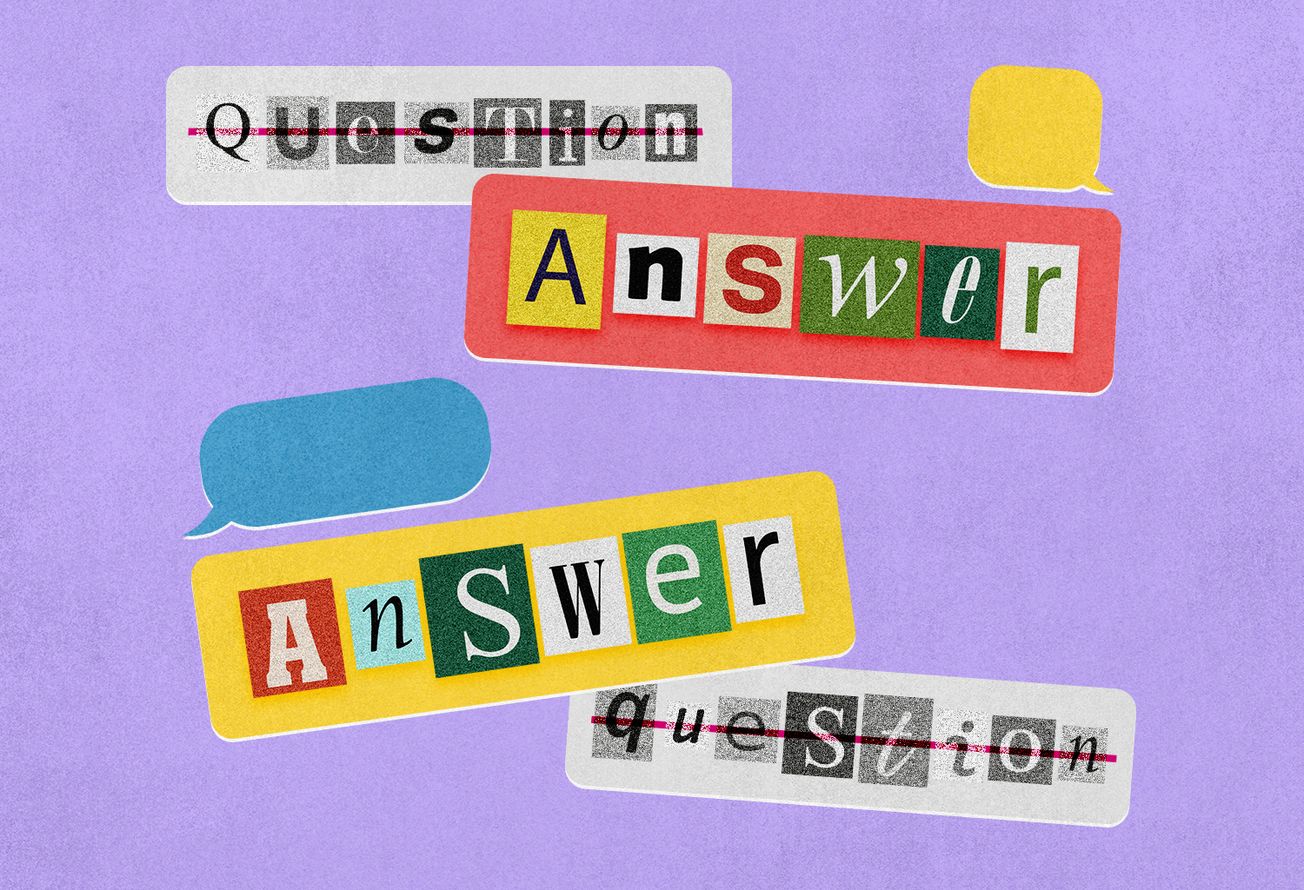Growing up, I regarded my heightened senses as a superpower, which convinced me that I was better than my peers for picking up minute details, sounds, and smells others missed. I didn’t realise that this superpower also caused me distress because of sensory overload and often led me to flee social situations. I was often called “perfectionist,” “eagle-eyed,” and “antenna ears.” Only as an adult did I understand I wasn’t the only one. In her book, What I Mean When I Say I’m Autistic, Annie Kotowicz wrote about how she, too, was called “Little Miss Precise” as a child.
I’ve always felt I am a misfit—“too much” or “too sensitive,” the one who struggled to sustain social connections for fear of being rejected or misunderstood. So, I rejected the world where I felt alienated and went into isolation. I always felt the full force of the chaos around me. “What’s normal for the spider is chaos for the fly,” Morticia Addams, the fictional witch-mother in “The Addams Family,” points out. I could relate to that.
Coming to terms with my neurodivergence in a neuronormative and ableist world has been difficult because divergent behaviours are routinely pathologised. We are always the ones who need to be “fixed”. The idea that there’s just one correct way of being, thinking, and behaving is demeaning and terrifying.
Autism is a neurotype. We just see, understand, and interact with the world differently—in atypical ways—since our brains are wired differently. However, many wrongly see autism as a disease and define it as a deficit or social impairment. Imposing neuronormativity traumatises autistic folx and reinforces the idea that we ought to be “cured.” It pressures us into making efforts to meet neurotypical standards.
I find direct eye contact distracting and uncomfortable, but to adhere to neurotypical standards, I often force myself to look at people’s foreheads to mimic eye contact. My stimming or repetitive physical movements like bouncing my legs, rocking or swaying are considered “abnormal.” So, I pick my skin or fiddle to de-stress myself and focus.
My hyper-fixations might appear obsessive to neurotypical people, but they allow me to have a deep interest in specific topics. So, I chose research as a profession as I knew it would allow me to engage in my special interests in a socially accepted manner. Since literary studies wouldn’t require a lot of interaction with people, I felt that would be an added advantage as social cues are confusing for me.
Since neurotypical and neurodivergent communication styles are very different, I often land in distressing situations. As a defence mechanism, I rehearse my social interactions to feel a comforting sense of control in a world that seems too unpredictable to me. A few days before I travelled with my ukulele for the first time, I made a mental plan of my journey through the airport—picturing numerous possible scenarios. This kind of preparation takes up a lot of my energy. I feel exhausted. And, like many neurodivergent people, I try to hide this fact. It’s called masking. In his book Unmasking Autism, Dr Devon Price explains how being a masked autistic is similar to being a queer person in a closet. That is how I felt.
I had been masking my challenges and traits to fit into the neurotypical world until I reached a point where I was completely confused about who I was. I felt alone and alienated, profoundly miserable and internally fractured. I couldn’t understand why people found my tone odd or why it was difficult to cope with task-switching and last-minute changes or plans. Finally, I understood this was happening because I kept judging myself by neurotypical standards.
I was desperately seeking answers to make sense of my experiences when I read Spectrum Women, a book written by 15 autistic women. In her chapter “Finding Your Tribe” Maura Campbell writes, “I had been devouring books and scouring the internet to learn as much as I could about autism and kept coming across statements that made me think, ‘But that sounds like me.’” My journey was similar. I was looking for information wherever I could find autistic folx sharing it. Once I saw an autistic person on the reality show Love on the Spectrum saying they liked planned changes, and I felt seen. On another occasion, I felt immense relief reading Laura James’ book Odd Girl Out, where she writes, “My experience of the world is at odds with how most other people see it.”
Further reading revealed that nearly 80% of autistic women are misdiagnosed with disorders. As a young adult, I was diagnosed and medicated for depression, anxiety, sleep disorder, and migraines when I sought help for experiencing passive suicidal ideation. I had no idea what neurodivergence was then. Earlier, I would feel immense shame for having meltdowns. I thought something had triggered my trauma as I have a history of abuse and bullying. However, as I read more about autism, I realised that my meltdowns were due to sensory overload, especially when life was too demanding.
As autistic children brought up in a neuronormative world, we’re more prone to trauma. In fact, autism and post-traumatic stress have much in common and are not mutually exclusive. Over the years, I picked up bits of useful information from shows, books, and the internet. It helped me understand my experiences and advocate for my needs whilst alleviating some of my fears of being unfairly judged and misdiagnosed.
When debating whether or not I should pursue a formal assessment, I found a great support system in the online autistic community, which helped me realise that self-identification is valid. (If you are wondering about that too, this thread by an autistic psychotherapist might be helpful). Autism assessments aren’t just inaccessible; they’re based on ableist assumptions and stereotypes. Furthermore, a diagnosis has serious consequences. For instance, under their immigration policies, countries like Australia and New Zealand reject potential immigrants perceived as a burden on the public healthcare system; this includes people diagnosed with autism. Around the world, a diagnosis of autism can be used as an excuse at healthcare facilities to override consent or deny us adoption. On the contrary, the neurodiversity paradigm focuses on celebrating the diversity of human minds instead of pathologising divergent behaviours as done by the medical model. Now I’m content self-identifying as a neurodivergent person.
What It Feels Like to Be Neurodivergent
Living in a neuronormative world is chaotic for those on the autism spectrum because they interact with the world in atypical ways







